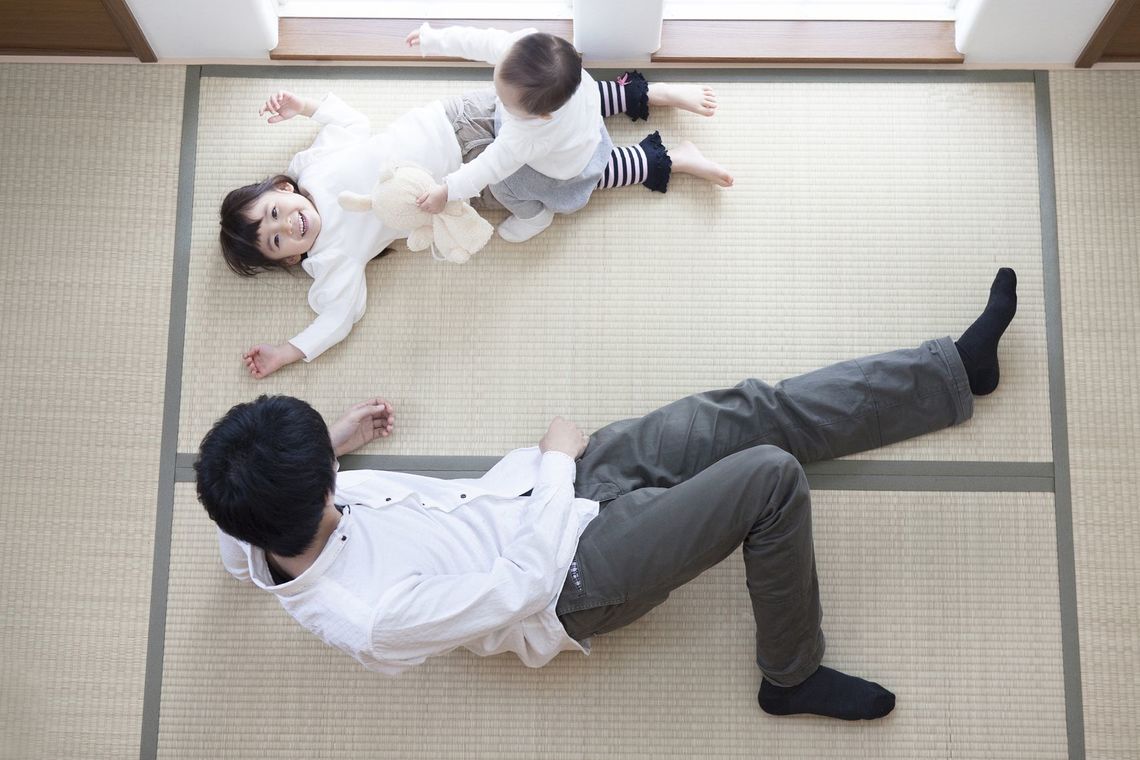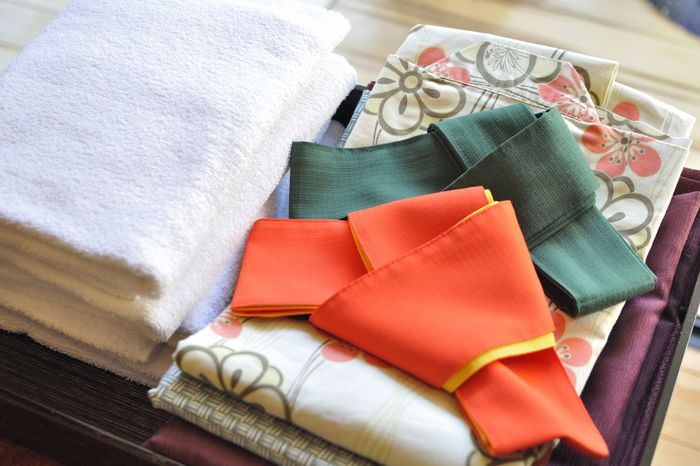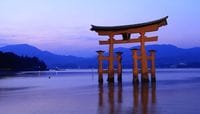
Recently – say over the last 15 years – when staying at hotels abroad, I occasionally come across entire families casually riding the elevator wearing nothing but their bathrobes.
Looking just like they’re heading to the beach, these radiantly smiling folks in slippers make me, the lone, quiet character occupying part of the same small space, feel like the world’s been turned upside down. Let me explain.
The Japanisation of the luxury hotel
Back in the day, hotels in Japan were places where locals learned the ways of "civilisation": warnings such as "please don’t wear your yukata in the hallways" or "please don’t wear sunglasses in the lobby" hinted at the level of manners expected. Formal clothing was often mandatory at hotel restaurants, and underdressed patrons were even offered the chance to borrow ties at the reception.

This was in complete contrast to ryokans (traditional-style inns), where people wear bathrobes when heading back from the bathing area, enter the banquet hall barefoot, sit cross-legged, down drinks without inhibition and act a little disorderly. Of course, most of these ryokans were of the onsen (hot spring) type.
Bathrobe-wearing guests strolling around the fancy hotels of New York and Paris appeared for a reason – that is, because every luxury hotel worth the moniker now places great emphasis on its spa facilities. I understand that this marketing strategy has been wildly successful in the West.
Most Japanese travellers staying at these hotels are far too concerned with sightseeing and shopping to have time for the spa, in spite of those $50 treatment coupons handed to them when checking in.
To put it in simple terms, luxury hotels all across the world can be said to be "turning Japanese", as they move in the direction of the onsen ryokan. This is the exact reason for my earlier "upside down" comment – however, I suspect few Western hotel guests are noticing this "Japanisation".
The home is a spa
Taking this thought further, I’ve come to realise that not only the hot spring ryokan, but even the ordinary Japanese home has, in a sense, always been a "spa". The first thing you do when entering one of our abodes is take off your shoes and get ready to relax.
It’s not only the stereotypical Japanese husband who knows the three pillars of a Japanese home to be bath, food and sleep (preferably in that order). I imagine even the perfectly polished, suit-wearing, high-flying businesswoman regularly dives straight for the couch as soon as she gets through the door of her apartment.
Come to think of it, more than 50 years ago, American family dramas were popular on Japanese TV, and we used to admire the stylish folks gathered in the living room or engaging in sophisticated conversation around the dinner table, naturally wearing their Sunday best and – pointedly – wearing shoes indoors.
That’s because we lacked confidence in our relatively simple lifestyle back then. Looking back, we really should have seen through the strangeness of such behaviour – after all, did those people on the TV shows really feel "at home"?
From my point of view as a cultural anthropologist, homes really should be like spas. In theoretical terms, the home is a place for two kinds of regeneration. First, it’s obviously where the next generation of humans is "produced", but let’s leave that topic aside for now.
Second, the home is where the body is revitalised through rest – we eat, excrete, bathe and sleep in order to recharge ourselves. The Japanese home, with its three pillars of bath, food and sleep, is ideally suited to fulfil this task of rejuvenation.
With this perspective in mind, it’s quite apparent that scenes depicting people taking off their shoes at home, dozing off on a couch, sitting on the floor, and even getting out of the shower with nothing but a towel wrapped around their waist are on the increase in Western movies, especially those focused on family life. The point is that being barefoot is clearly coming into vogue.
A while back, intense diplomatic negotiations took place regarding the question of whether or not Queen Elizabeth should take her shoes off while touring a Kyoto temple during her visit to Japan. The reason behind this controversy was that having the Queen show "skin" in public would be an embarrassment to the British – apparently, the monarch only takes her shoes off when bathing or sleeping.
I assume that for those who share such royal sensibilities, the entire Japanese household must seem like a bath-come-bedroom. At home, we’d never hesitate to take off both shoes and socks, roll around on the tatami floor, or pull out our futons and sleep in the same room with our children. You see what I mean when I call the Japanese home a wonderful spa.
Want to visit a Japanese home?
Well then, how can a foreign traveller in Tokyo get a taste of such homely pleasures? Visiting a real Japanese home can be difficult: Japanese people are often said to be hesitant to invite outsiders to their abodes. This is of course due to the fact that Japanese homes are much like personal spas, i.e. private places for rest and relaxation.
What’s more, our houses are often rather cluttered, so people tend to be too embarrassed to invite anyone in, unless they’re very close friends. In contrast, Japanese homes that are more open to outsiders are likely to aspire to the old-school American ideal mentioned above, and are thus not traditional "Japanese homes".
Hence, a tourist’s best shot will most likely be a ryokan, although staying at one can be something of an adventure. At a traditional inn like this, you’ll be able to stroll around barefoot, wear a yukata and enjoy the three pleasures of bath, food and sleep. I’m sure there are plenty of ryokan welcoming foreign travellers nowadays.
Above all, I do hope visitors from overseas don’t come to Japan with great expectations of getting to see the inside of a local’s home. The issue isn’t Japanese people’s lack of hospitality – it’s because the home is reserved only for those very close to you.
Being invited to someone’s home can have the connotation of "staying the night", which of course inevitably leads us into the territory of nakedness, and…well, that may be saying a bit much, but I’m sure readers will have grasped my argument about the Japanese home by now.




